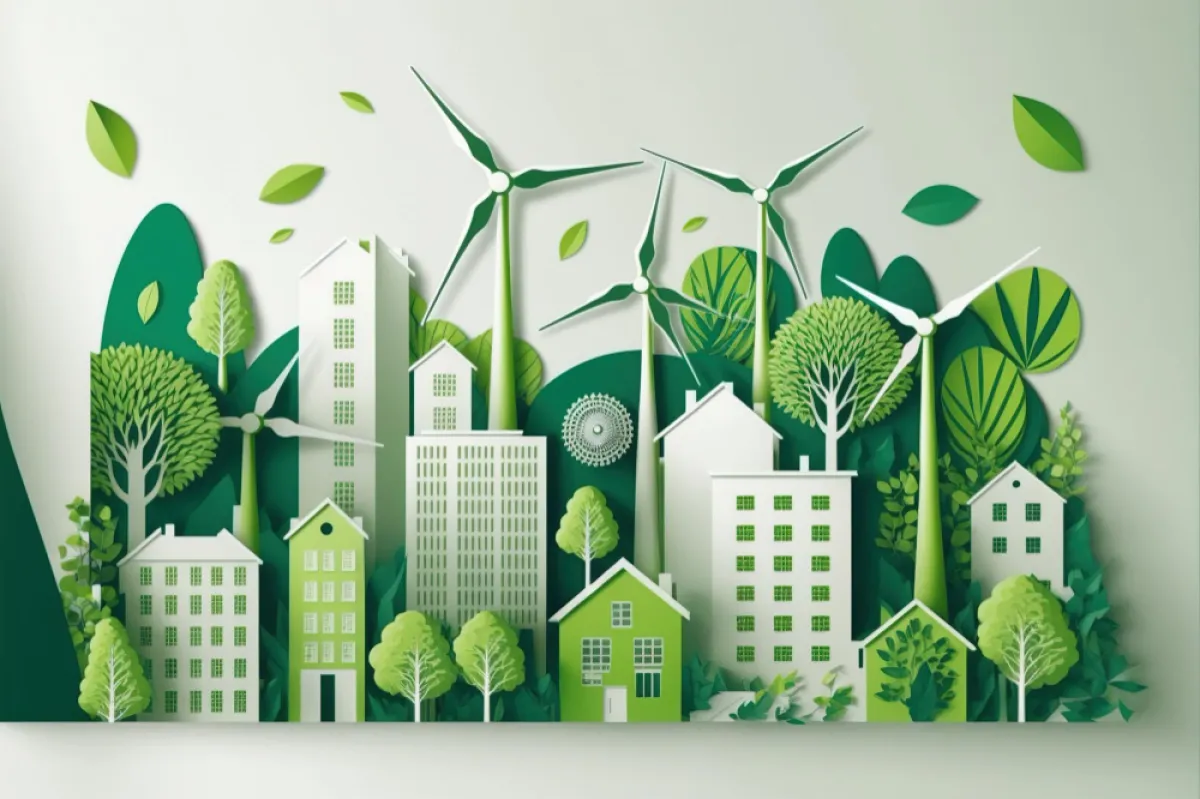
The BCG (Bio-Circular-Green) Economic Model is a project established to implement the resolutions of the BCG Economy Development Committee. This supports the achievement of Sustainable Development Goals (SDGs).
The National Statistical Office, in collaboration with the National Science and Technology Development Agency (NSTDA), conducts this project to draft a statistical account related to BCG economic model indicators. These relate to the SDGs and the 13th National Economic and Social Development Plan. The project outcomes are monitored at two levels:
The development of target products determined by the provincial BCG Model steering committee comprises: For Ratchaburi province, the targeted products include aromatic coconut, durian, cassava, pig, and river prawns. For Chanthaburi province, the targeted products are durian, mangosteen, and white shrimp. Both provinces' targeted products share a similar highlight: they are products with high proportions of provincial output, such as durian, accounting for up to 70% of the GPP of the agricultural sector.
Major challenges include dependence on export markets, especially China, which may have price volatility as seen in the case of rubber. Additionally, the management for the Zero Waste goal needs addressing. For example, durian has a shell proportion as high as 75% of the fresh fruit weight, which requires innovation to solve this problem. Furthermore, water management needs to be improved with additional data to manage water volumes and prevent conflicts over water during the dry season.
Data updated on May 20, 2023
Source: National Science and Technology Development Agency (NSTDA)
Tel. +66 2564 8000